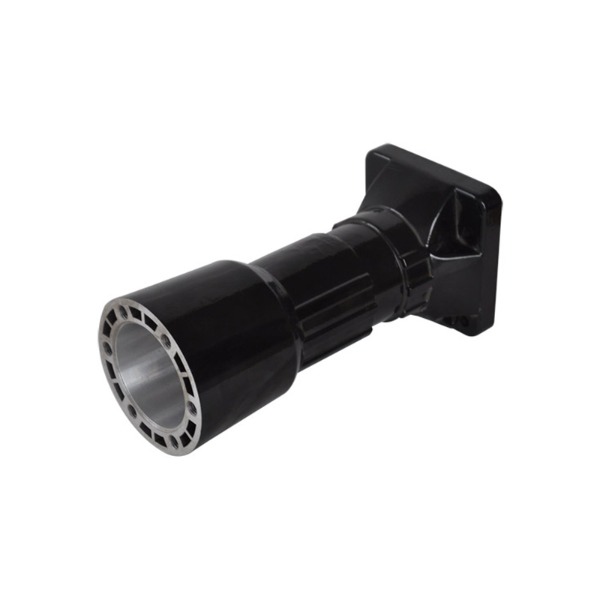Aluminium casting parts have revolutionized various industries with their remarkable properties and versatile applications. But what is it about aluminium casting parts that make them stand out in the world of manufacturing and engineering? In this article, we will explore the distinctive advantages of aluminium casting parts, uncovering the unique features that have made them indispensable in today's industrial landscape.
Lightweight Construction: Are you aware that
aluminium casting parts are renowned for their lightweight nature? Aluminium, with its low density, is the ideal material for industries where weight is a critical factor. This property allows for the creation of lightweight components that can improve fuel efficiency in transportation and reduce the overall load on structural applications.
Exceptional Strength: Can lightweight aluminium casting parts also offer strength? Absolutely! Aluminium is known for its excellent strength-to-weight ratio, making it an ideal choice for structural components that require both durability and reduced weight.
Corrosion Resistance: Are you looking for components that can withstand harsh environmental conditions? Aluminium casting parts are naturally corrosion-resistant, making them suitable for outdoor and marine applications. This resistance to corrosion ensures a longer lifespan and less maintenance.
Precision and Complexity: How can aluminium casting parts achieve intricate shapes and precise details? The casting process allows for complex designs and tight tolerances, making aluminium casting ideal for creating intricate components that meet exact specifications.
Heat Conductivity: Are you in need of parts that can efficiently transfer heat? Aluminium is an excellent conductor of heat, making it indispensable in industries such as electronics and thermal management. Aluminium casting parts can effectively dissipate heat, reducing the risk of overheating.
Cost-Effectiveness: How does the affordability of aluminium casting parts compare to other materials? Aluminium is readily available and cost-effective, making it a budget-friendly choice for a wide range of applications.
Recyclability: What about the environmental impact? Aluminium is 100% recyclable without losing its original properties. This sustainability makes aluminium casting parts an eco-friendly option, aligning with the growing demand for green manufacturing practices.
Dimensional Stability: How do aluminium casting parts maintain their shape and dimensions over time? Aluminium exhibits excellent dimensional stability, ensuring that components remain accurate and consistent throughout their lifespan.
Material Selection Flexibility: Are you looking for parts that can be customized to meet specific requirements? Aluminium casting allows for the incorporation of alloying elements, further enhancing the material's properties to meet the exact needs of various industries.
Versatile Applications: Where can you find aluminium casting parts? The versatility of aluminium casting parts is evident across industries, including automotive, aerospace, construction, electronics, and more. Their adaptability and performance have made them a favorite choice in numerous applications.
In conclusion, aluminium casting parts are a remarkable solution for industries seeking lightweight, durable, and cost-effective components. Their corrosion resistance, precision, and heat conductivity set them apart, while their recyclability and dimensional stability make them a responsible choice for sustainable manufacturing. With endless possibilities for customization, aluminium casting parts have become an indispensable asset across various sectors, further reinforcing their status as an engineering marvel.
These ten key advantages of aluminium casting parts showcase the breadth of their potential and underscore their importance in modern manufacturing and engineering practices.








